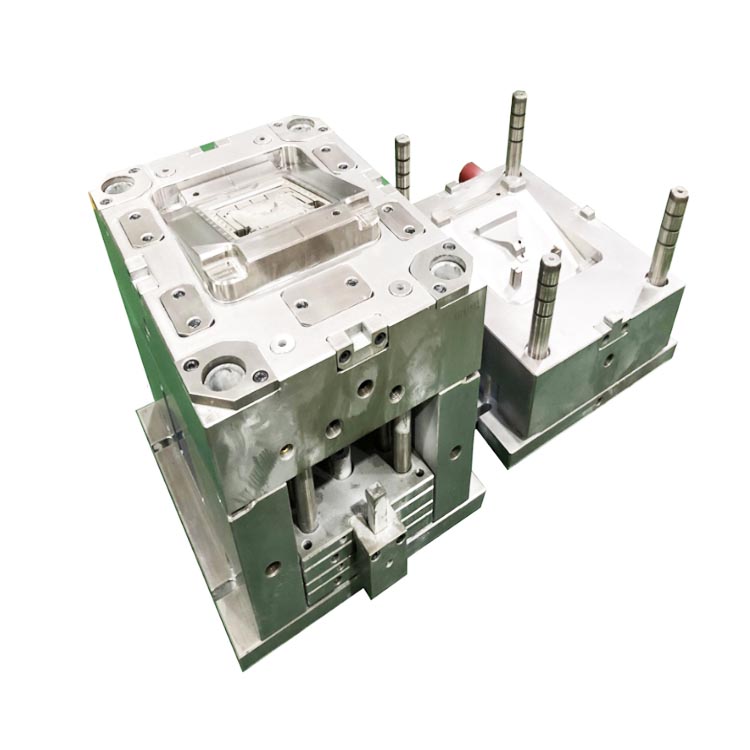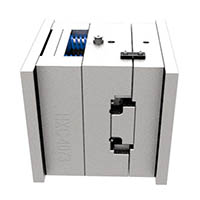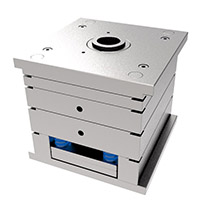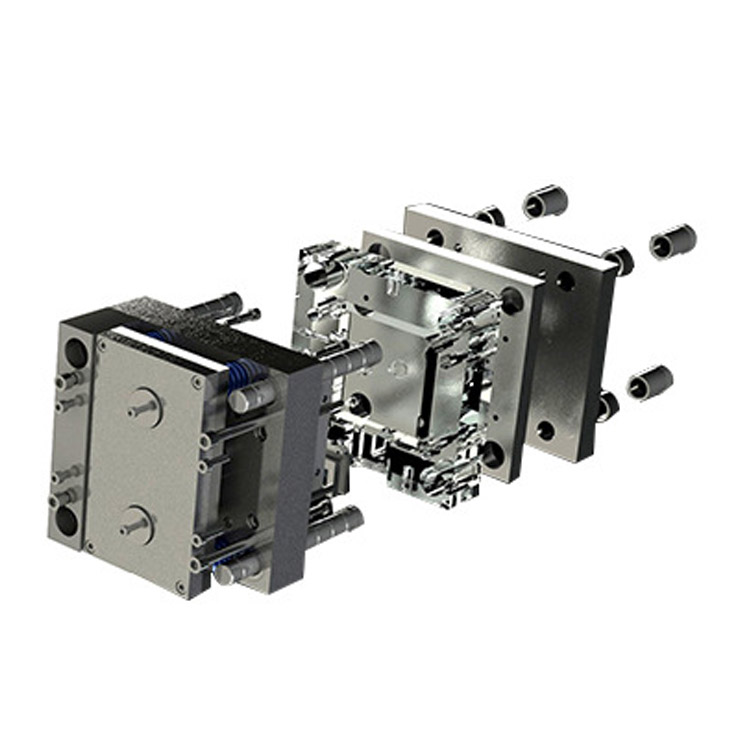
Internal Document Regulations of Donglai Precision Mold Company – Methods to Prevent Rusting of Plastic Molds
1、 The reason why plastic molds rust;
1. The product of decomposition of formed materials. 2. The moisture regain of plastic molds. 3. The hand sweat of plastic mold processing personnel.
2、 Knowledge related to the rusting of plastic molds;
1. The most common corrosion of molds is caused by the decomposition products (gases, residues) of injection molding materials. The most widely used method to prevent mold rust is chrome plating on the mold cavity, but chrome plating cannot fully solve the problem because the decomposition products also corrode some deep pin holes. And these cannot be plated.
2. When the mold cools below the moisture regain point, moisture in the air will regain moisture on the surface of the plastic mold, causing water droplets and rusting.
3、 Solve the problem of plastic mold rusting;
1. Short term countermeasures for plastic mold rust; Gently wipe the surface of the mold cavity with a cloth by hand. Fully adjust the molding materials and lower the temperature of the barrel to prevent material decomposition.
2. Long term; Transforming the product material into a decomposition product that does not corrode the mold.
4、 Due to differences in plastic materials
1. Simple decomposed materials, such as PVC, POM, EVA, PC, and foam materials. Because the decomposition products have a corrosive effect on the mold, the mold should be treated with chrome plating.
5、 Reference items
1. When the temporary molding is interrupted, spray rust inhibitor on the mold cavity and then close the mold.
2. When plastic molds are used intermittently for a long time, the method of applying a layer of butter to the outside and moving parts of the plastic mold, and removing the remaining material head in the injection port

On the injection nozzle side, use a thick copper rod tip to align with the mold injection material and quietly strike it. After a slight movement, use a thin copper rod to poke it out. To achieve this goal, there should be several thin copper rods on the injection molding machine that are smaller than the diameter of the injection port (such as a 4mm diameter, 300mm long, front sharpened brass rod) and a thicker brass rod (12mm diameter front sharpened)

3. If a screwdriver is used as a substitute, the mold will encounter serious hazards.
4. When it is impossible to poke out from the injection nozzle side, use an iron wire (with a diameter of about 4mm, sharpen the front end) and heat it with an alcohol lamp or other heater to turn red. Then, poke in the injection nozzle material from the mold cavity side, cool it thoroughly, and clamp it out with pliers. At this time, it is necessary to place a brass plate (or cloth strip) at the bottom of the pliers to prevent harm to the mold and remove the injection nozzle material.
5. When none of the above methods can be used to remove the injection material, apply a solvent (such as acetone) of this material on top, wait for a period of time for the material to dissolve, and gradually remove it with a brass rod, but be careful not to approach the flame.
6. After removal, blow clean the injection hole with gas, spray release agent into it, and proceed with normal production
